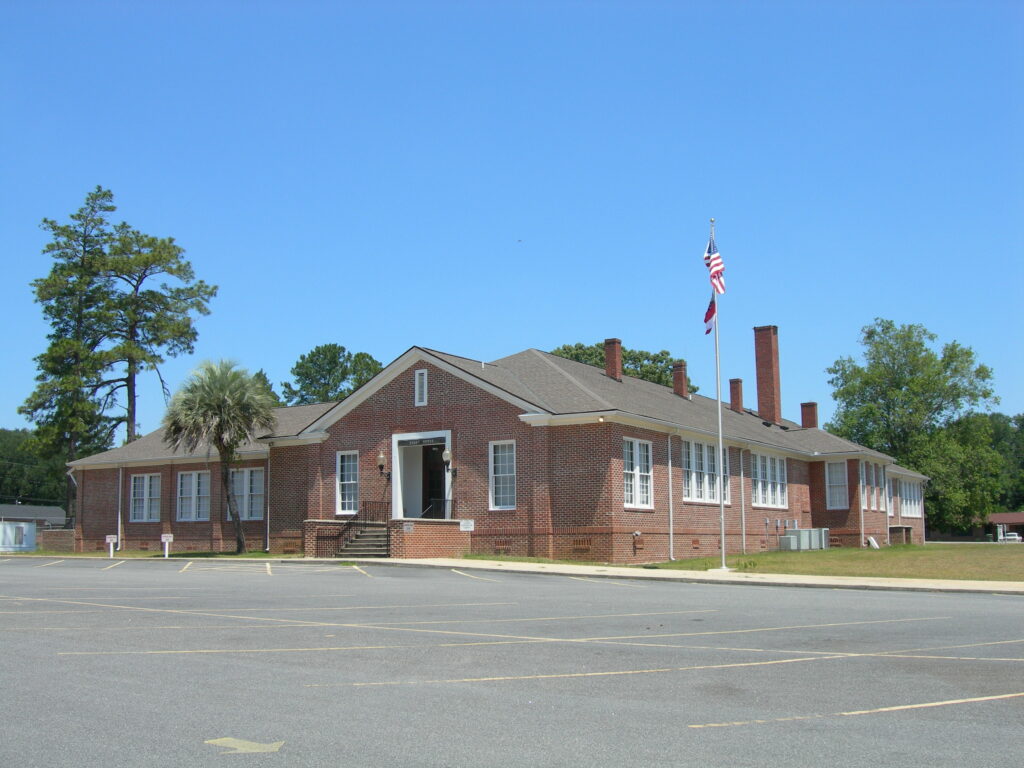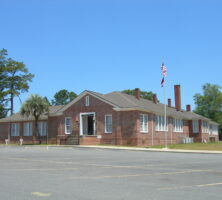Baker County, in southwest Georgia, was formed from Early County in 1825. Before the Civil War (1861-65) parts of Baker in turn formed all or parts of Calhoun, Dougherty, Miller, and Mitchell counties.
The county was named for Colonel John Baker, a Puritan and hero of the Revolutionary War (1775-83). In 1828 the settlement of Byron (near Albany) was designated the first county seat, but residents complained that the location was too close to the Lee County border. Subsequently, the county seat was moved to Newton in 1831. Newton, named for another Revolutionary War hero, Sergeant John Newton, was incorporated in 1872.
One of the last battles in the Creek Indian War of 1836 took place in Baker County. Several county militias attacked and defeated the Creeks at Chickasawhatchee Creek Swamp in July of that year.
Much of Baker County’s history is marked by flooding from the Flint River. The courthouse, built in 1906, was damaged by the floods of 1925, 1929, and 1994. The current courthouse is located in a 1930s-era school; the old courthouse has been repaired and today houses the public library and the historical society. The area around the town square that was submerged by the 1994 flood is now overgrown, and most of its former structures are gone.

Baker County encompasses almost 350 square miles and, according to the 2020 U.S. census, has a population of 2,876, a decrease from the 2000 population of 4,074. The county is governed by a five-person commission with a manager, and the school system comprises one school, a prekindergarten through seventh-grade elementary school. Baker County shares a high school with Mitchell County. Farmers in the county produce beef cattle, corn, cotton, hogs, peanuts, poultry, and soybeans.
The Joseph W. Jones Ecological Research Center specializes in natural resources management and conservation, particularly of longleaf pine and water resources. The privately owned facility offers educational programs and workshops. The 28,000-acre Ichauway Plantation, once owned by Coca-Cola magnate Robert Woodruff and established as a quail-hunting preserve in the 1920s, is part of the Jones Center’s 29,000-acre “outdoor laboratory.”
Among the Baker County landmarks listed on the National Register of Historic Places are Notchaway Baptist Church and its cemetery; the county courthouse; and two plantations, Pine Bloom, a Greek revival–style structure that was home to Governor Alfred H. Colquitt, and Tarver Plantation, also Greek revival.






